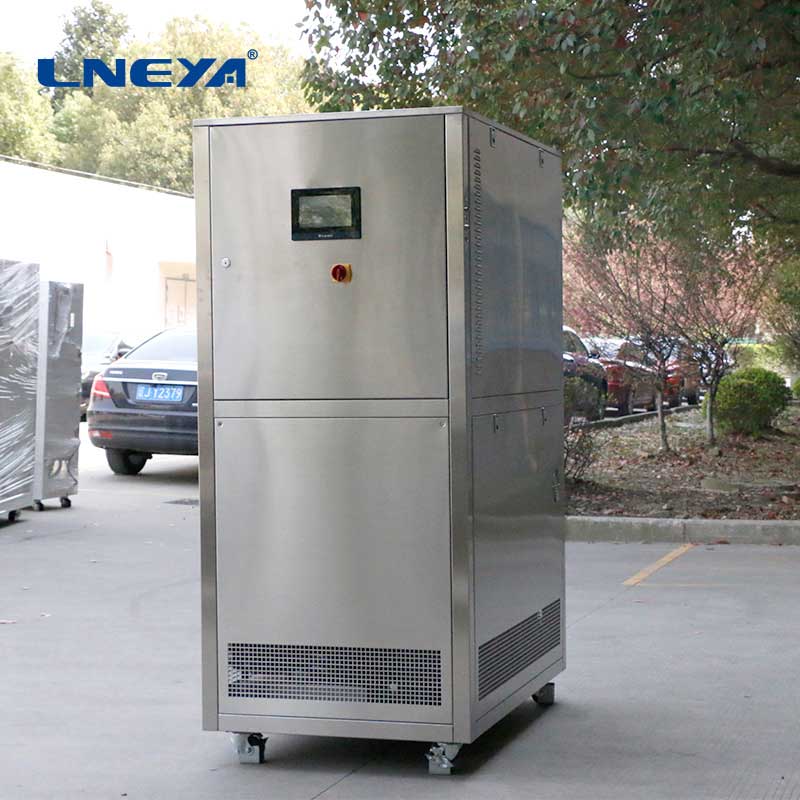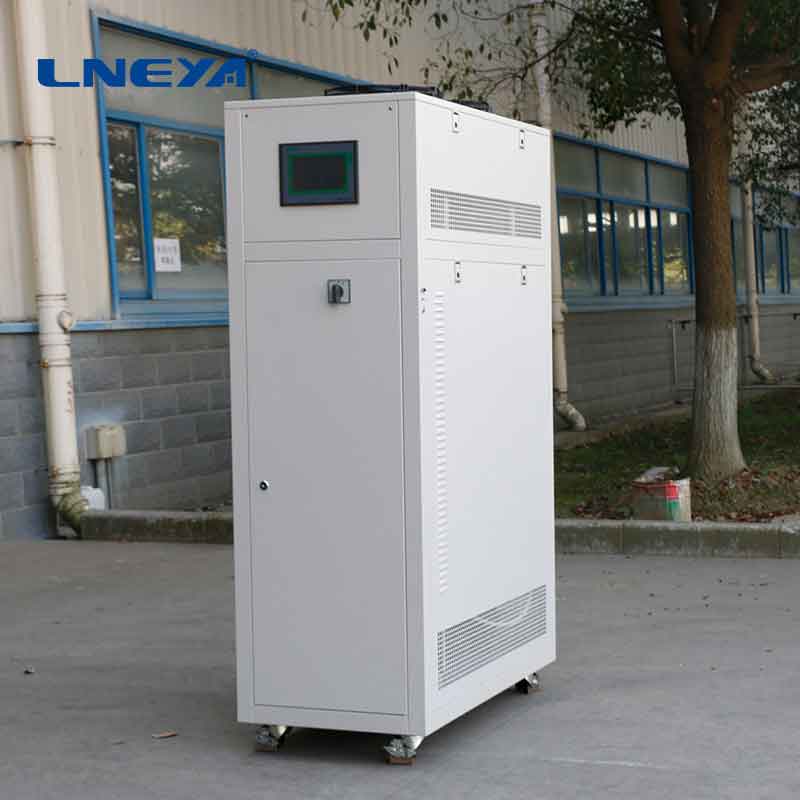recirculating water chiller system
Recirculating Water Chiller Systems: Ensuring Consistent Temperature Control
Recirculating water chiller systems are engineered to provide stable and accurate temperature control across a variety of applications. These systems circulate a coolant, typically water mixed with antifreeze, through a closed-loop system to maintain a uniform temperature, which is critical for processes that are sensitive to temperature fluctuations.

Key Components of Recirculating Water Chiller Systems
The main components of a recirculating water chiller system include:
Chiller Unit: The core of the system, responsible for cooling the coolant.
Pump: Circulates the coolant through the system.
Heat Exchanger: Facilitates the transfer of heat from the coolant to the environment.
Control System: Regulates the operation of the chiller based on temperature set points and system parameters.
Operational Principles
The operation of a recirculating water chiller system involves the circulation of coolant from the chiller unit through the process or equipment that requires cooling. The coolant absorbs heat, increasing its temperature, and then returns to the chiller unit, where it is cooled down again, and the cycle continues.

Benefits of Recirculating Water Chiller Systems
Consistent Temperature Control: Ensures a uniform temperature across the entire system.
Energy Efficiency: Reduces energy consumption by minimizing the need for additional cooling.
Versatility: Suitable for a wide range of applications, from laboratory testing to industrial manufacturing.
Scalability: Can be adapted to meet the cooling demands of different-sized processes.
Selecting the Right Recirculating Water Chiller System
When choosing a recirculating water chiller system, consider the following factors:
Cooling Capacity: The system should match the heat load of the application.
Temperature Range: Ensure the system can achieve the required low and high temperatures.
Fluid Compatibility: The coolant should be compatible with the materials and processes in use.
Energy Efficiency: Look for systems with high energy efficiency ratios to reduce operational costs.
Maintenance and Safety
Proper maintenance of recirculating water chiller systems is essential for their longevity and performance. This includes regular inspections of the system components, cleaning or replacing the air filter, and checking the coolant level and condition. Safety precautions should be observed, including proper grounding and adherence to the manufacturer’s guidelines.

Environmental Considerations
Recirculating water chiller systems can contribute to environmental sustainability by reducing energy consumption and using eco-friendly coolants. The selection of refrigerants with low global warming potential (GWP) and zero ozone depletion potential (ODP) is recommended.
Conclusion
Recirculating water chiller systems offer a reliable and efficient solution for precise temperature control in various applications. By understanding their key components, operational principles, benefits, and the factors involved in their selection and maintenance, users can ensure optimal performance and efficiency in their processes. The precision and reliability of these systems make them valuable assets in scientific and industrial settings.
This article provides a comprehensive guide to recirculating water chiller systems, discussing their key components, operational principles, benefits, and the factors to consider when selecting and maintaining these systems. It emphasizes the importance of choosing the right chiller for specific temperature control needs and highlights the advancements in temperature control technology that have made these systems more accessible and efficient.
Related recommendations
hot water chiller system
817A hot water chiller system is a versatile component of the Heating, Ventilation, and Air Conditioning (HVAC) industry, designed to maintain optimal temperatures in various environments. These syst...
View detailschiller manufacturing company
559Chiller Manufacturing Company Chiller manufacturing companies play a pivotal role in today's industrial and commercial sectors by providing essential cooling solutions. These solutions are cruc...
View detailschilling machine
408Chilling Machines: An In - Depth ExplorationIntroductionChilling machines, commonly referred to as chillers, are indispensable in modern cooling technology. They are engineered to lower and sust...
View detailsprocess heater
274IntroductionIn industrial settings, maintaining precise temperature control is often critical for the successful execution of various processes. Process heaters are essential equipment designed t...
View details
 LNEYA Chiller
LNEYA Chiller






HelloPlease log in